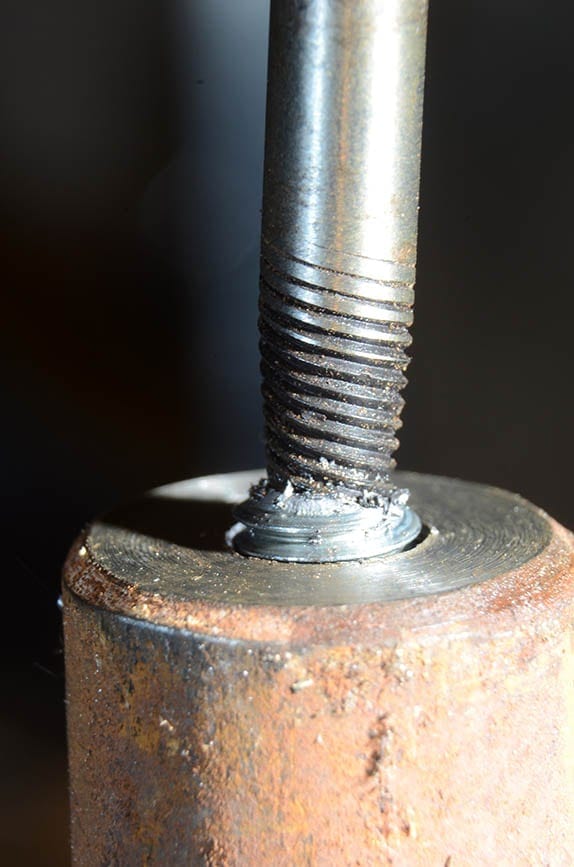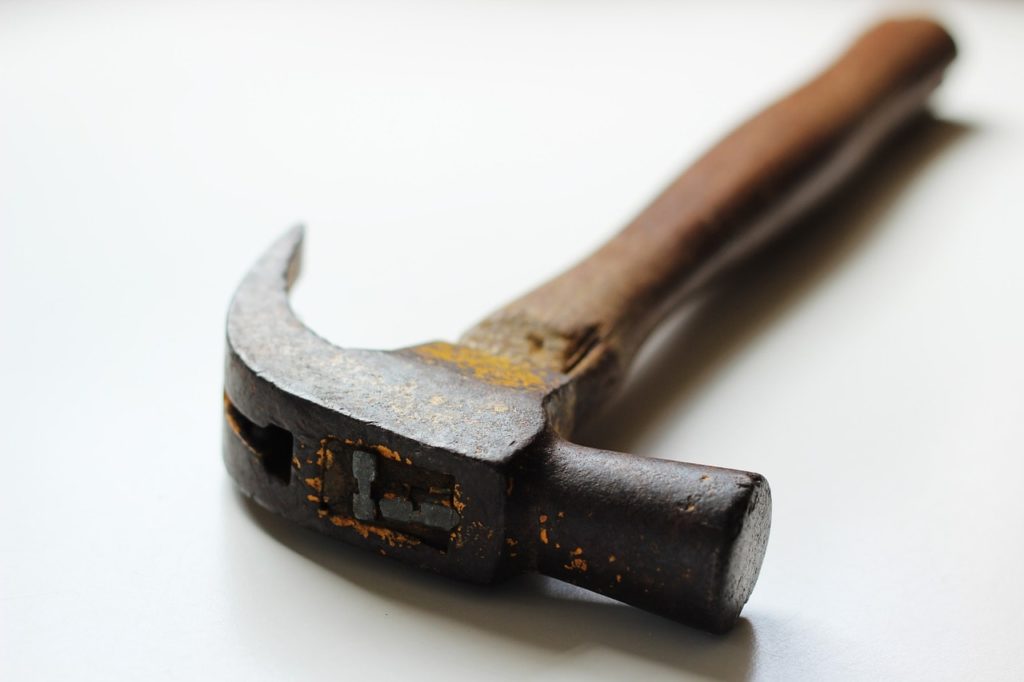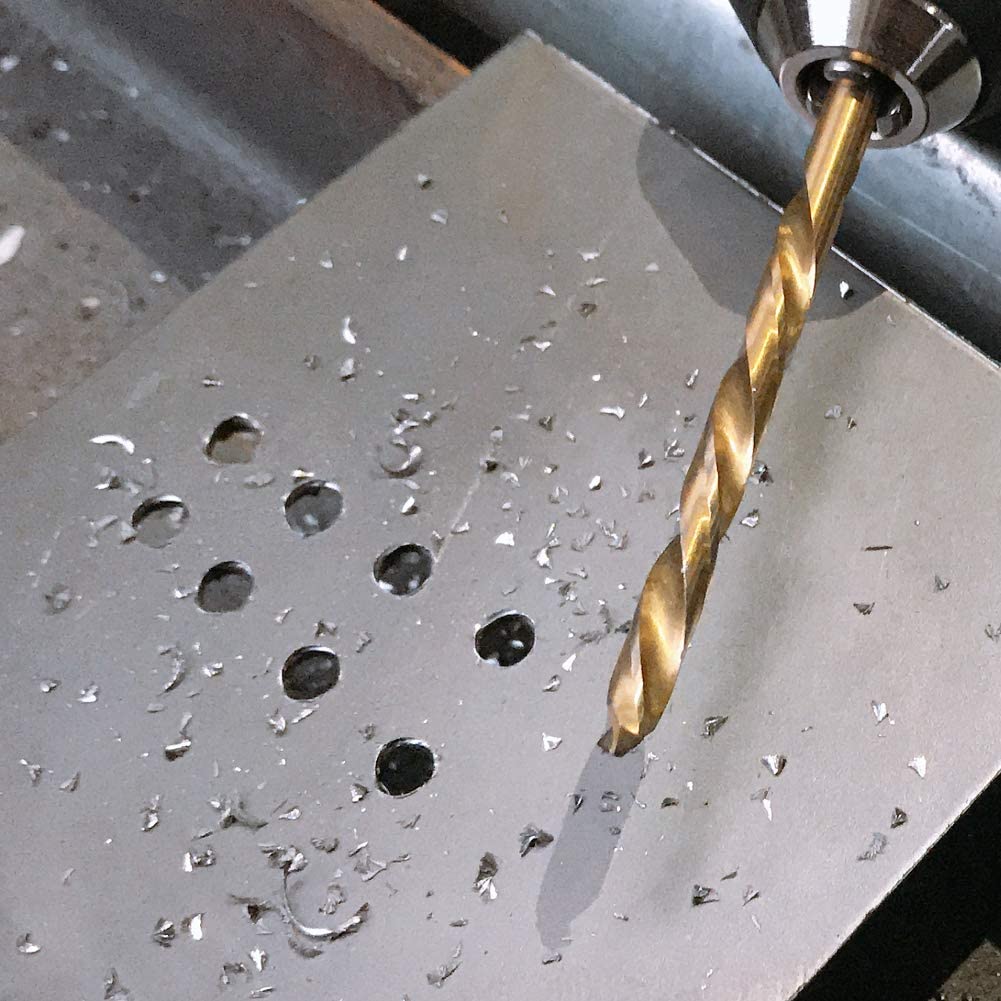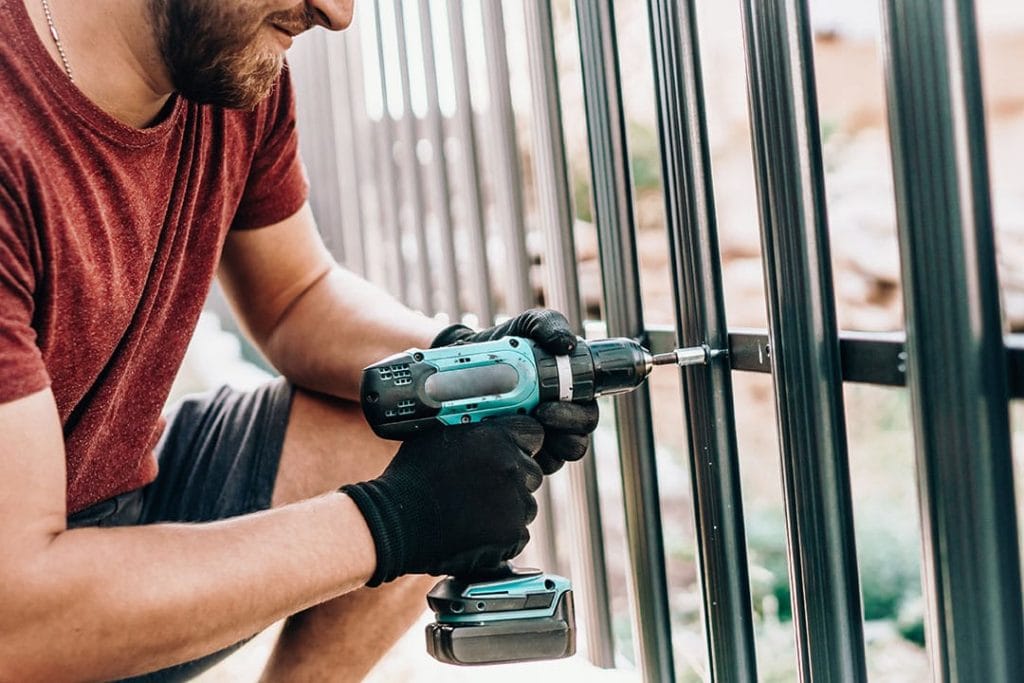How To Drill Out A Broken Bolt Or Stud (5 Easy Methods)
-
- Last updated:


A broken bolt or stud is enough to bring any project to a halt, and it can take longer to remove the stubborn, leftover fastener than it does to complete the rest of the job. Even if you have experienced success, there is no guarantee that the technique you used last will work again this time around.
Several techniques are worth trying. Start with what is potentially the simplest method and then move on to more difficult techniques, as required. The most effective technique will depend on the type of fastener, the material into which it is attached, and the tools you have available.
Turn It The Right Way

It sounds obvious, but many people have spent time and expended energy turning a screw the wrong way, fastening it, and making the situation much worse than it was when they started. Lefty-loosey, righty-tighty means that you loosen a screw by turning it to the left, or counter-clockwise. Tightening a screw means turning it to the right, or clockwise — this is not usually the right direction when attempting to remove a stuck screw.
Grab It With Pliers

If there is any of the bolt left showing, use a pair of pliers to grab what you can see and turn the bolt. Obviously, this technique only works when there is some of the bolt left showing.
Turn It With A Hammer And Chisel

If there isn’t enough of a stub sticking out, you might be able to use a hammer and chisel to turn the remnants of the bolt in the direction needed. Place the head of the chisel against the neck of the bolt and strike it with the hammer. This can turn the bolt counter-clockwise, which will loosen it. Even if you can only get this to work a couple of times, it should mean that enough of the bolt protrudes and you can revert to the use of pliers to grab and turn the bolt.
Weld A Nut Onto The Broken Bolt
If you have access to welding equipment, it is relatively easy to weld a nut onto the broken sheath, therefore rebuilding the bolt and giving you something to grab and turn. Start by welding a washer onto the stub. Weld a nut to the washer, and then you should be able to use a wrench and carefully turn the bolt until it comes loose.
Use A Left-Hand Drill Bit

When it is time to get the drill out, consider the use of a left-hand drill bit. Standard bits are designed to drill clockwise. In most cases, you want to turn a stuck screw anti-clockwise. The left-hand drill bit works in reverse to a standard drill bit and by simply using one of these during the drilling stages, it could work the bolt loose and remove it.
Apply Heat
Depending on the material into which the bolt is fastened, applying heat may help to remove it quickly and easily. Different metals and different materials expand at different rates under heat. For example, cast iron heats and expands quicker than steel. So, if a steel fastener is stuck in a cast iron manifold, applying heat could cause it to become unstuck.
Drill It Out

Drilling out the screw does mean destroying the screw completely, and it may cause some mess of the surface into which the screw is fastened, but at this point, you are left with very few options. Ensure that you use bits that are designed for drilling metal, start with a small bit, and work your way up. You may have to drill to a size that is larger than the sc

Screwing Out A Broken Bolt
Broken bolts are job-stoppers. They always take longer to resolve than expected, and if you don’t have the right selection of tools, it will take even longer to sort the mess out. Even once you have finished, and managed to remove the bolt, there is a reasonable chance that you will have to clean and fill the hole before starting again to get things right.
Related Reads:
- HOW TO CUT A CHAIN LINK FENCE
- HOW TO GET RID OF GNATS OUTSIDE (FAST & EASY)
- HOW TO THAW UNDERGROUND FROZEN PIPES (SIMPLE & QUICK)
Featured Image Credit: Pixabay
Contents

